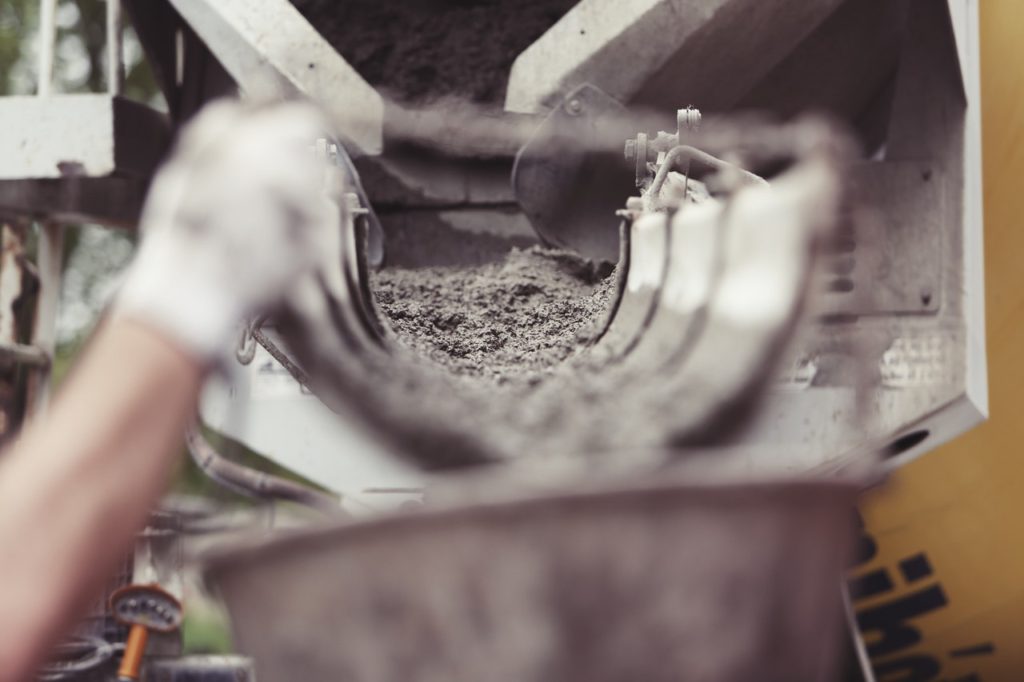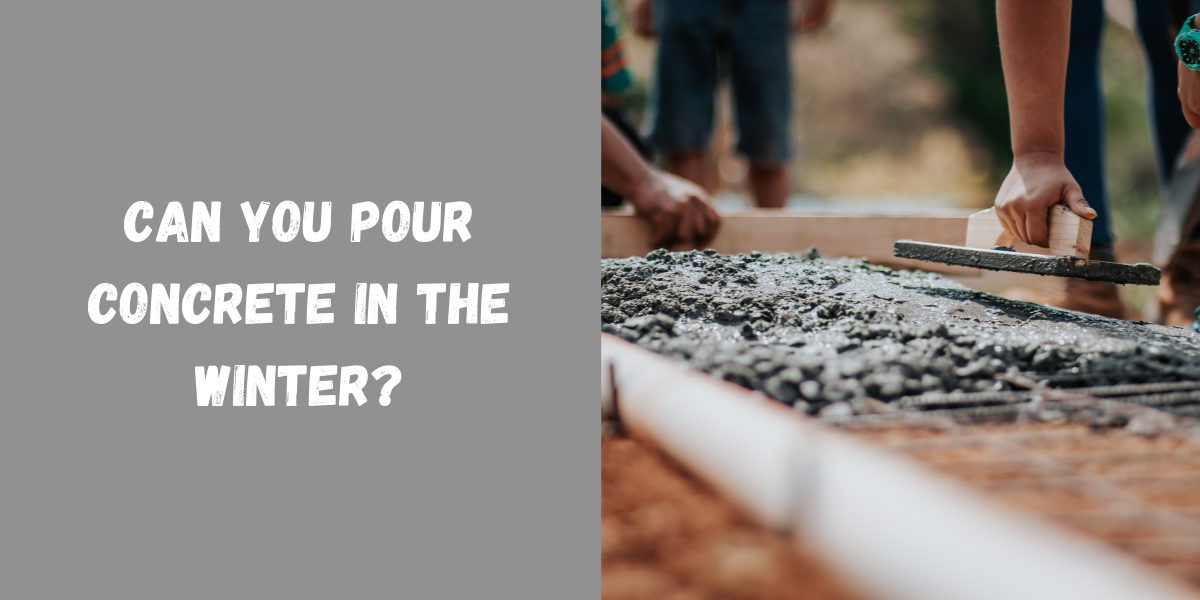Winter is a magical season and we love it at Arctic Look but for some people cold winters can bring a lot of disruptions. This article specifically targets DIY enthusiasts, construction workers or anyone who wants to find out whether they can pour concrete in the winter and what steps they need to take if they decide to do so.
Try picturing this scenario. Imagine you want to pour some concrete. You are all set and ready to go. You took some time off work, got your crew ready and the concrete transport truck has been arranged for a set time. Now a cold front is about to come and you start wondering: What now? Can I actually pour concrete in the middle of the winter?
The short answer is YES. However, the answer is not as simple as that. it comes with some ifs and buts. You have to make sure to adhere to some basic rules. Let’s talk about them.
Minimum Temperature to Pour Concrete in the Winter
It is recommended by experts in the construction industry not to do any concreting below 40 degrees Fahrenheit (5 ˚C). The reason behind this is the fact that concrete contains water and that expands in freezing temperatures. Expanding water would irreparably do damage to the structure of the concrete and make it weaker. Moreover, some studies estimate that concrete can lose up to 50 % of its strength if it is not managed accordingly in below zero temperature conditions.
Concrete is the most vulnerable for the first 24 hours after it has been poured. This is the critical phase before it gains some structural strength. Ideally, it should not be exposed to below 40 degrees Fahrenheit (5 ˚C) for the first 3 days since the concrete has been laid. After that, it will be strong enough to walk on it or do further construction undertakings on it.
However, heavy objects should not be placed on top of the concrete neither should vehicles drive on it. It usually takes around 20 days for the concrete to cure for high loads. Bear in mind that the colder it is, the longer it takes for the concrete to cure. Nevertheless, the curing process can be sped up. Read on!

Tips on How to Pour Concrete In the Winter
- Before you do any concreting, make sure that the area where you intend to lay the concrete is free of ice and snow. Remove any ice or snow from the area and keep it dry if possible. If the temperatures are not favourable for pouring concrete, you can preheat the area to make the concrete set quicker.
- Preheat the water when making the concrete mix. Water is a main component in concrete and using warm water in the mixer is a great starting point. If you are having your concrete delivered in a concrete transport truck, you can ask the company to preheat the concrete.
- If you are expecting a cold snap, get yourself some insulating blankets to keep the concrete protected. Setting concrete is in fact a chemical reaction which gives off some heat. Although the heat does not protect the concrete entirely, it is a lot more effective under a blanket, canvas, polyethylene or other protective material.
- Increase the cement ratio in the concrete mix. If the forecast does not look promising and you want the concrete mix to set quicker, simply add more cement to speed up the process. The higher cement ratio will release more heat as well.
- Some mixes also contain GGBS (Ground Granulated Blast-furnace Slag) or Pulverised Fuel Ash. These are great to make the concrete mix stronger. On the other hand, they cause the concrete to set more slowly. Reduce or eliminate these elements to make it set quicker.
- And lastly there are additives (accelerators) you can purchase to make the mix set quicker. You can also purchase additives that will make it more resilient to freezing temperatures also known as admixtures. We will not get into detail about various brands in this article. Simply type ‘’cement additives for cold weather’’ in your google search engine and you will get tons of products on offer in your country.
In Conclusion
Whenever you decide to pour concrete in winter, remember to check the temperature outside and the weather forecast for the upcoming days. You should not do any concreting when the temperature is 40 degrees Fahrenheit (5 ˚C) or below. Also bear in mind that the colder it gets the longer it takes for concrete to cure.
Heavy objects should not be placed or driven on the newly laid concrete for 20 days. There are also products on the market to help you overcome concreting in cold winter snaps. These might include blankets to protect the fresh concrete or additives to make the concrete mix more resilient. Nevertheless, the 40 degrees Fahrenheit rule should always apply.
Also Read: How to drive a snowmobile

